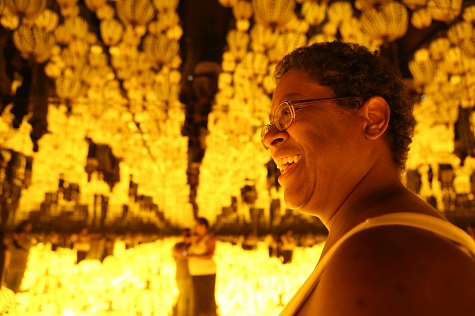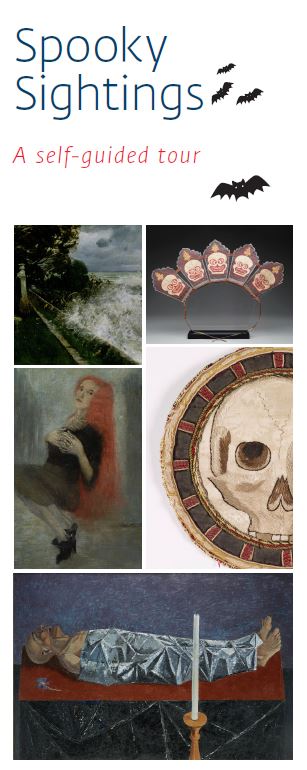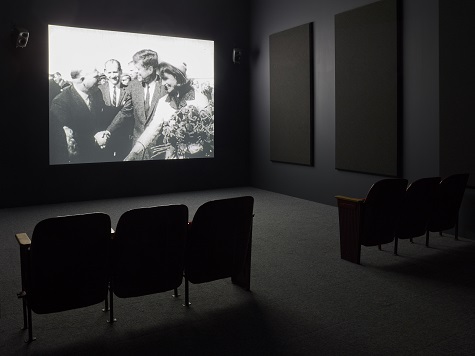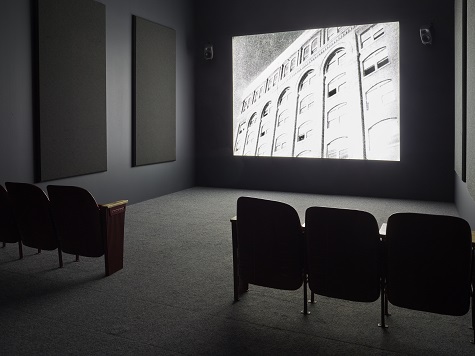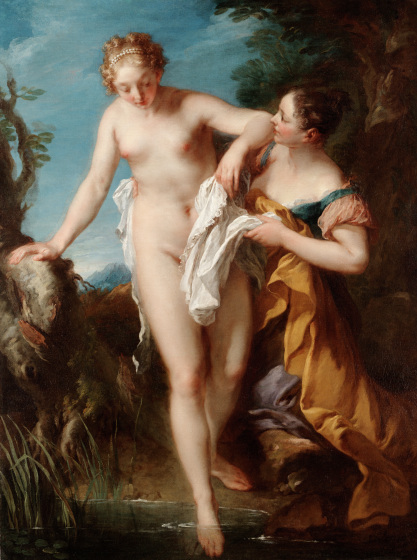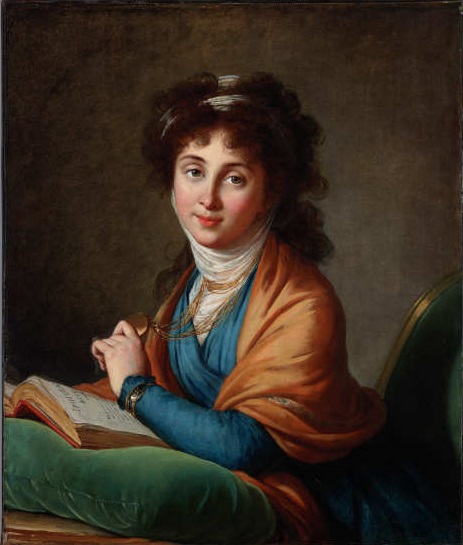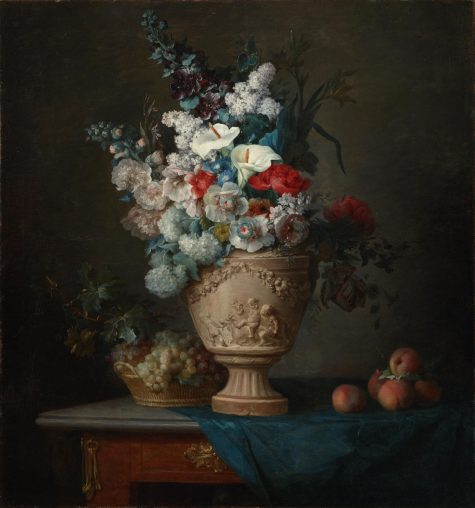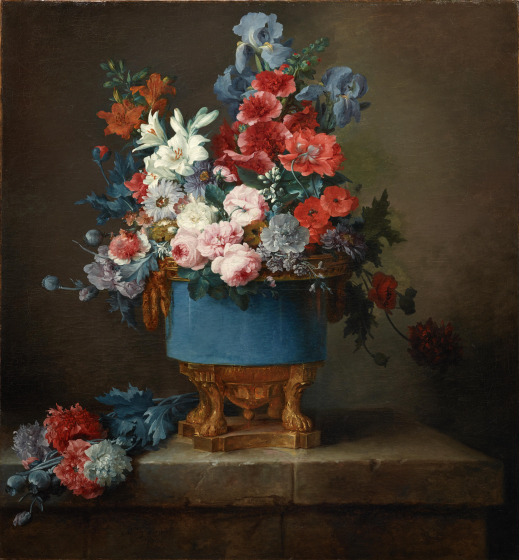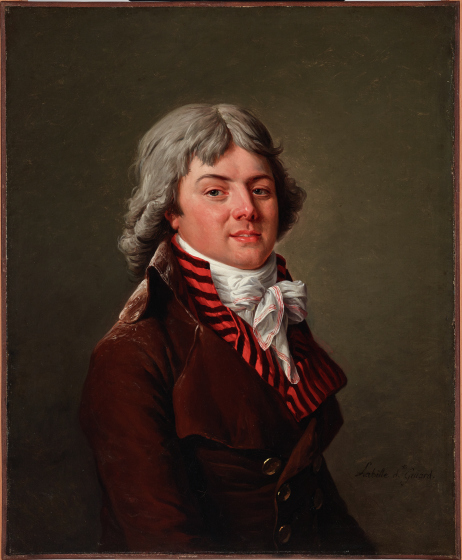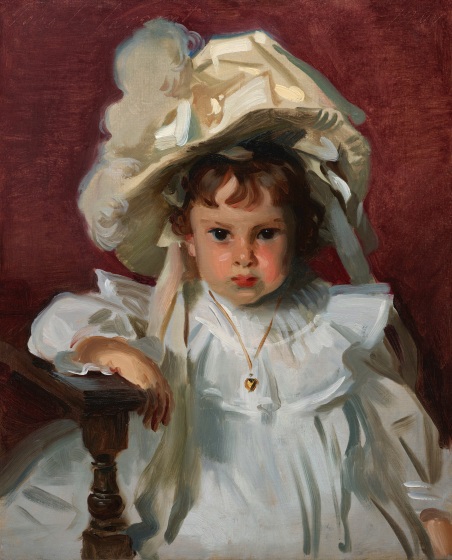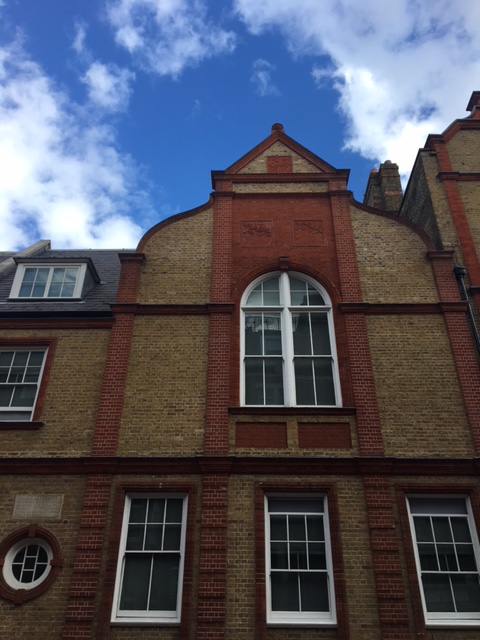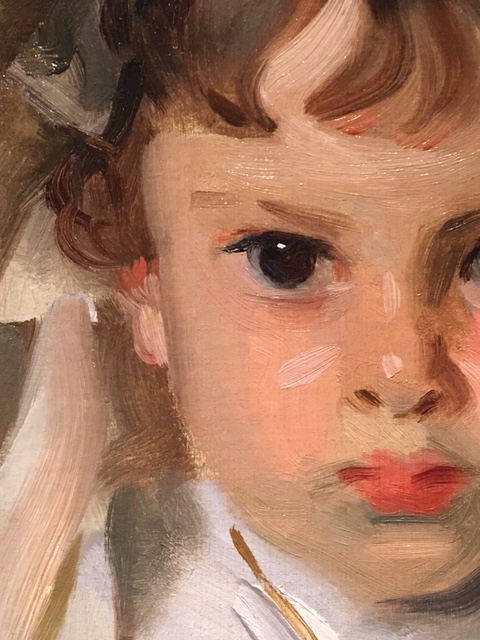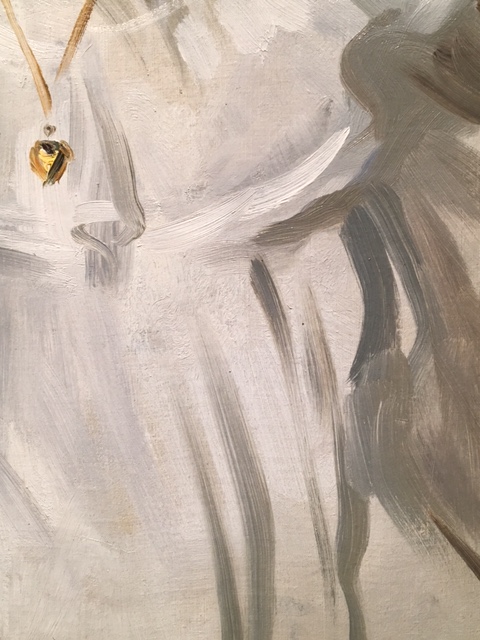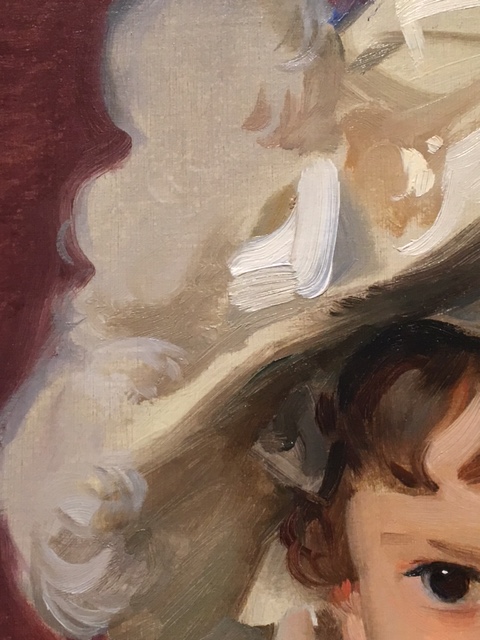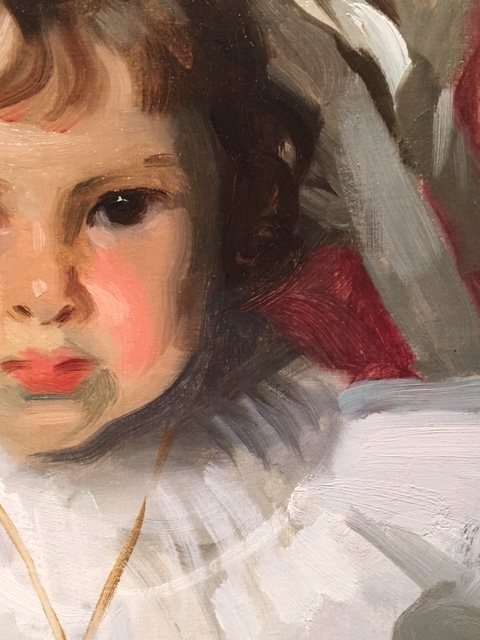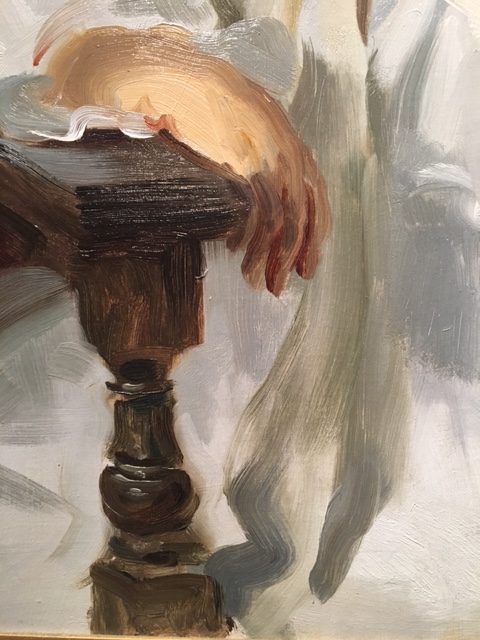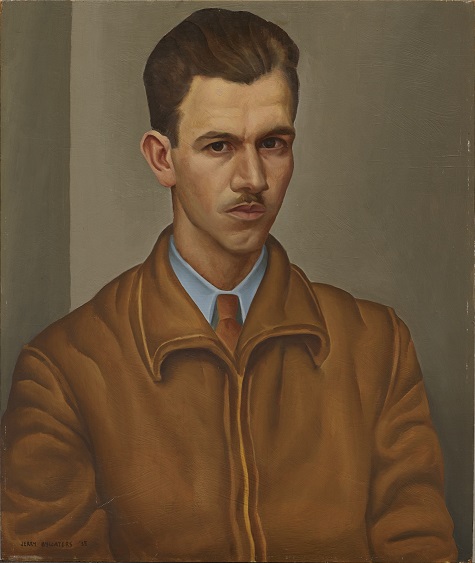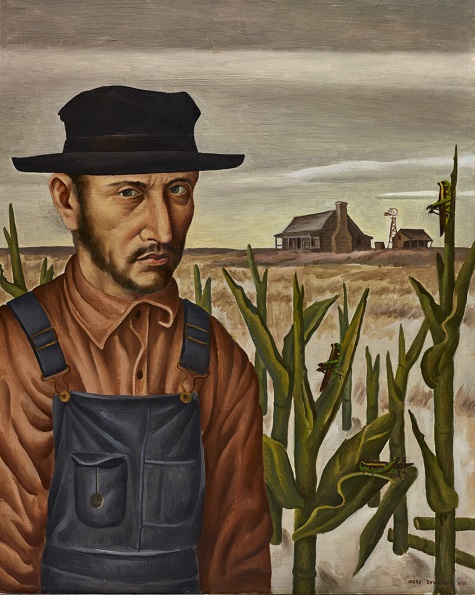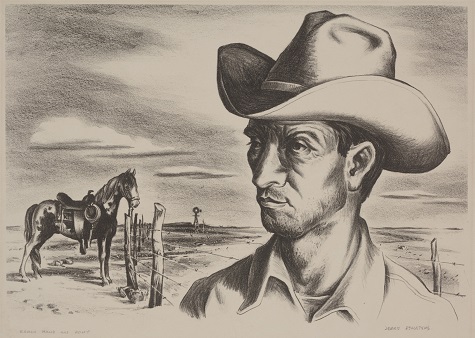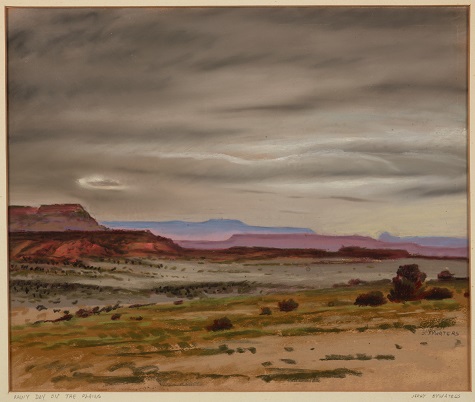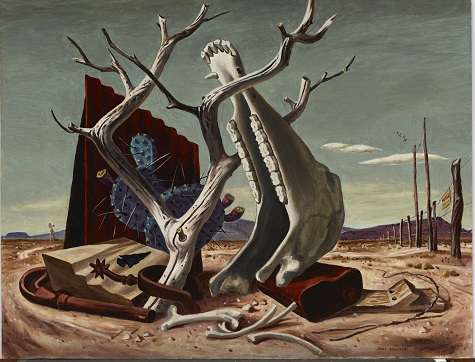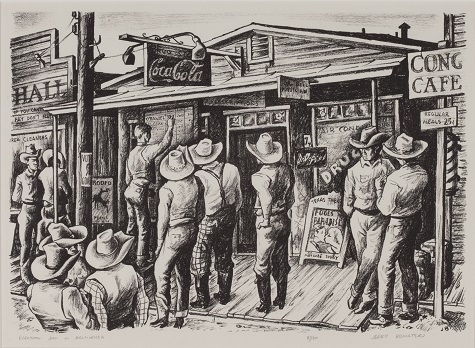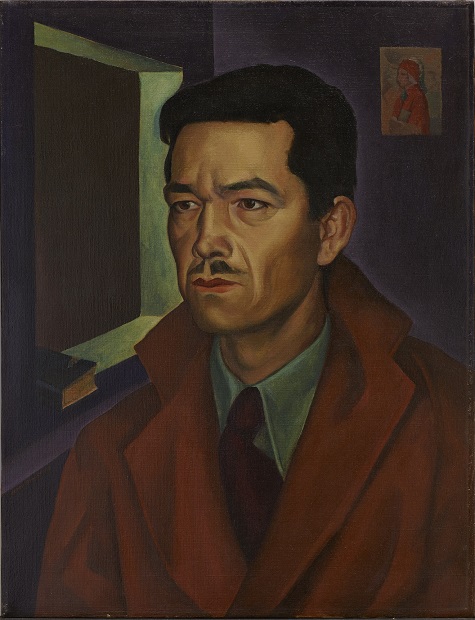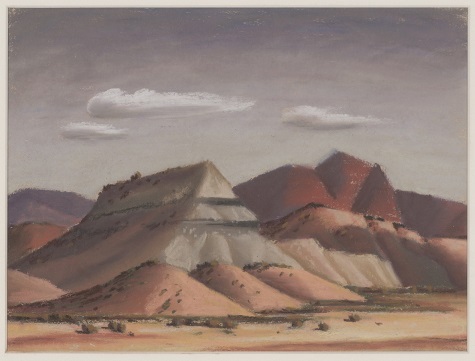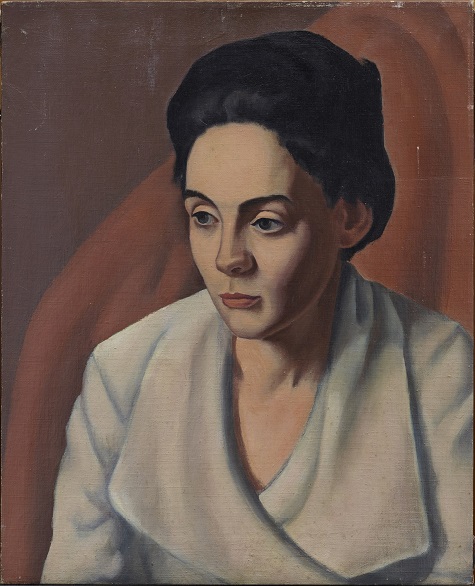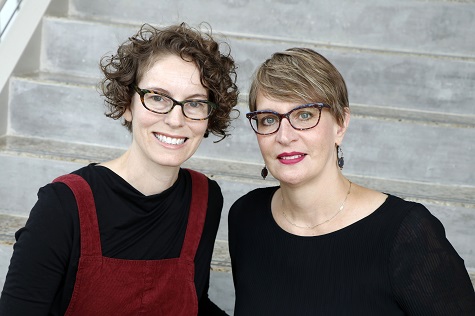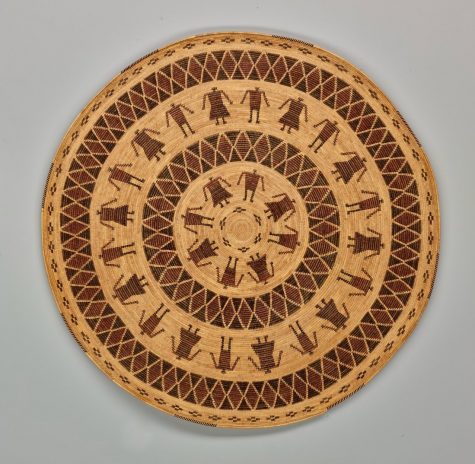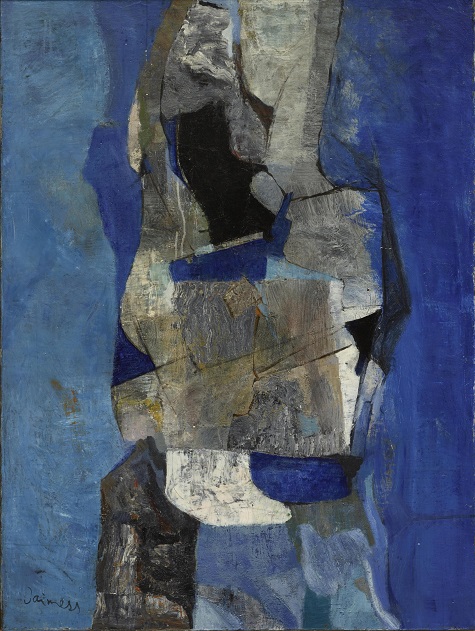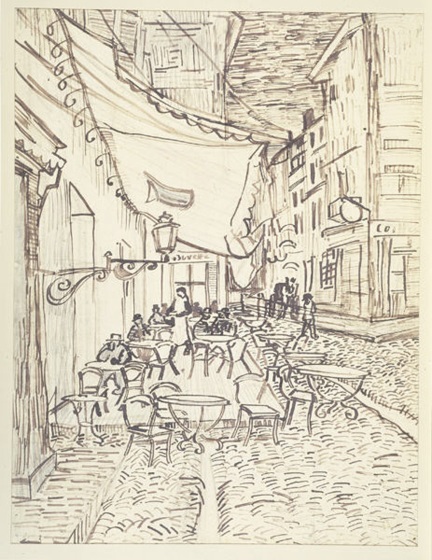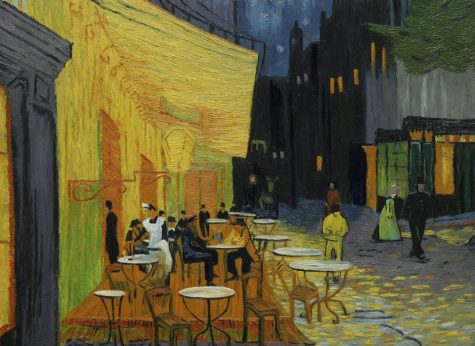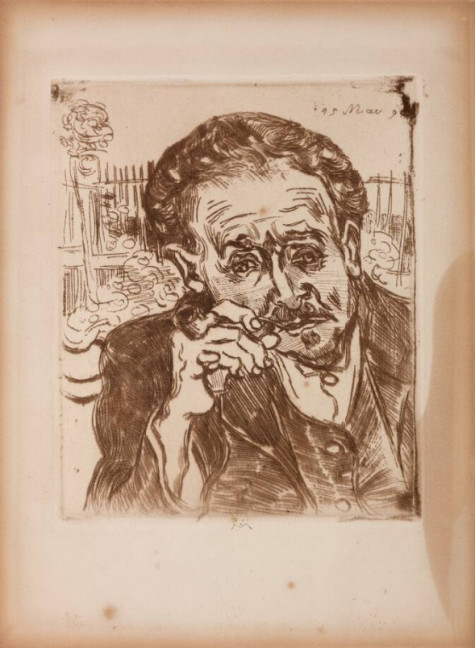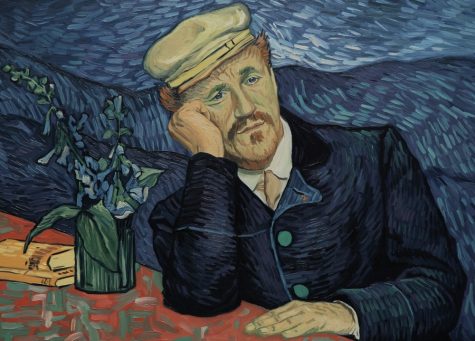Elise Armani – McDermott Intern for Contemporary Art
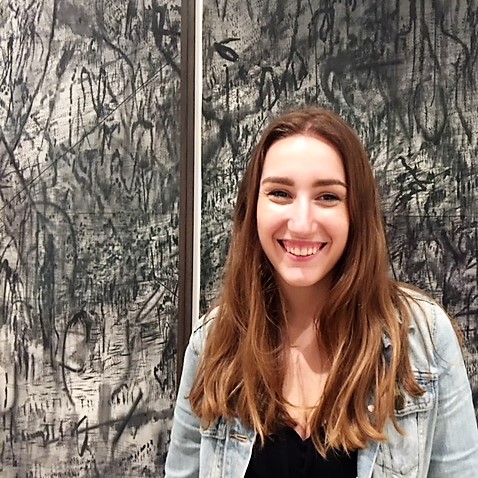
Me and my job in 50 words or less:
As the McDermott Curatorial Intern for Contemporary Art, I support curators Gavin Delahunty and Katherine Brodbeck in realizing exhibitions and projects in the Contemporary Department. This often consists of researching objects in the collection, gathering information on potential objects and artists for upcoming exhibitions, pulling sources, and writing labels.
Three things about me but not about my work:
–I have a pitbull mix named Miró, though he has yet to bark at the moon.
-My favorite film is The Silence of the Lambs.
-My favorite eggcorn is “cease the day.”
Favorite three works in the DMA:
–Jim Hodges, Changing Things, 1997
-Phil Collins, the world won’t listen, 2005
-Lee Bontecou, Untitled (35), 1961
Kathleen Alva – McDermott Intern for Adult Programming and Arts & Letters Live
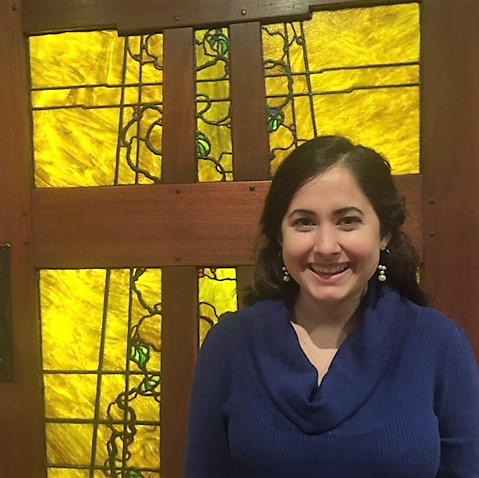
Me and my job in 50 words or less:
I help brainstorm, prepare, and lead the DMA’s Gallery Talks, Late Nights, Second Thursdays with a Twist, and special tours. I also work with the Arts & Letters Live team to bring incredible authors, performers, and artists to Dallas.
Three things about me but not about my work:
–I love dancing and rhythms: clogging, flamenco, and tap are my favorite dance styles to practice.
-I was once on America’s Got Talent (but will never tell you where to find the video).
-After living in the same California city for the first 17 years of my life, I have moved at least twice each year since.
Favorite three works in the DMA:
-Charles Sumner Greene and Henry Mather Greene, Front doors from the Robert R. Blacker House (Pasadena, California), 1907
–John Singer Sargent, Study for “The Spanish Dancer,” 1882
-Vincent van Gogh, Café Terrace on the Place du Forum, September 1888
Beth CreMeens – Dedo and Barron Kidd McDermott Graduate Intern for European Painting and Sculpture
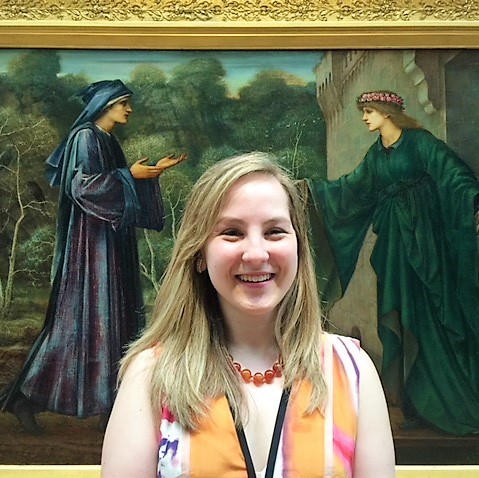
Me and my job in 50 words or less:
I work closely with the curator of European art, Nicole Meyers, on upcoming exhibitions, projects, and provenance research into the permanent collection. Additionally, I am curating an exhibition of our works on paper collection that will be open in May 2018.
Three things about me but not about my work:
-I love traveling, and have been on two road trips up both the east and west coast, and into Canada.
-My cat Loki and I love to sleep in on Saturdays and read in bed.
-I like Latin music and dancing.
Favorite three works in the DMA:
-Edward Jones, The Pilgrim at the Gate of Idleness, 1884
-Gustave Courbet, Fox in the Snow, 1860
-Thomas Sully, Cinderella at the Kitchen Fire, 1843
Samantha Evans – McDermott Graduate Intern for Family and Access Teaching
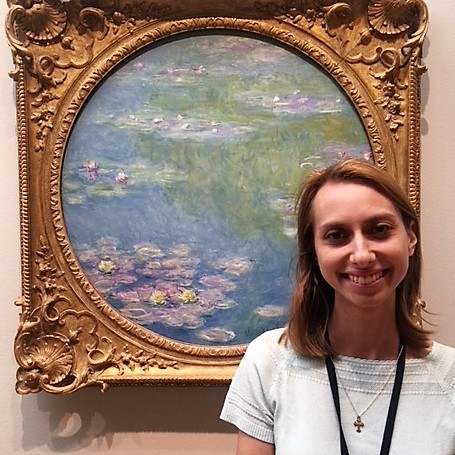
Me and my job in 50 words or less:
I will be assisting the Family, Access, Schools, and Teachers team with all of their many wonderful programs this year!
Three things about me but not about my work:
-I like to cook.
-I like to visit new places.
-I love old musicals.
Favorite three works in the DMA:
-Claude Monet, Water Lilies, 1901,
–Pierre-Auguste Renoir, Flowers, 1915–19
–Thimble, late 19th–early 20th century
Olivia Feal – McDermott Intern for Interpretation
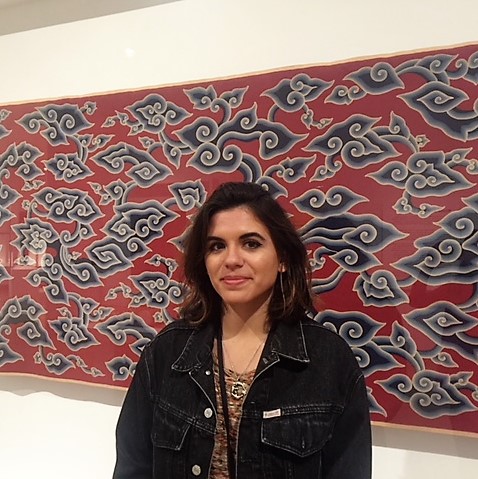
Me and my job in 50 words or less:
I see this job as being in-between education and curatorial duties. I work mostly in the Center for Creative Connections interacting with visitors and the public, but I also get to do behind-the-scenes work developing materials for the Testing Zone and Pop-Up Art Spot. Outside of C3, I help with prototyping and evaluating interpretive materials used in the Museum’s permanent collection galleries and special exhibitions. This position is great because I get to work with the public, but I also get a chance to incorporate educational initiatives into the rest of the Museum.
Three things about me but not about my work:
-Any time I go to a new city or town I always make sure to stop in a diner at some point. (I have this weird dream of going to at least one diner in every state; so far I have been to 10 states in the US).
– I love to watch foreign films and documentaries; one of my favorite movies of all time is Vivre Sa Vie. (I am super excited that Dallas has the Angelika Film Center.)
-I never learned how to drive.
Favorite three works in the DMA:
–Sword ornament in the form of a lion, Ghana, Asante peoples, c. mid-20th century
–Romare Bearden, Soul Three, 1968
-Tadeusz Myslowski, Avenue of the Americas, New York City: Works from 1974 to 1979, 1979
Tayana Fincher – Curatorial Intern for African Art
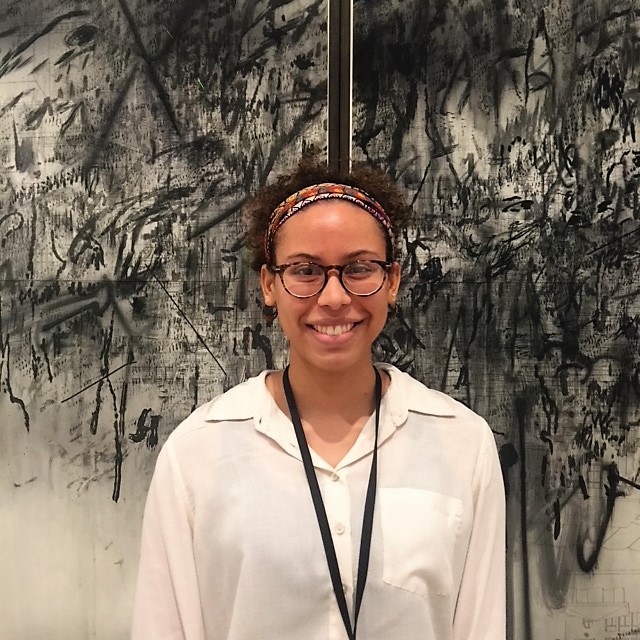
Me and my job in 50 words or less:
I am helping finalize exhibition and publication plans for an upcoming show in April. Duties include dealing with photography and image loan requests, rights and reproductions, brainstorming object location in the gallery spaces, as well as creating and finding interpretive materials for gallery display.
Three things about me but not about my work:
-I used to be an avid nail-biter.
-I have a black belt in Tae Kwon Do.
-I collect movie tickets/stubs, and I have a pretty hefty collection since I started in 2010.
Favorite three works in the DMA:
–Anthology manuscript, Turkey, c. 1605–10 (Keir Collection)
–Elephant mask (mbap mteng), Cameroon, Bamileke peoples, c. 1920–30
-Julie Mehretu, Epigraph, Damascus, by 2016
Danielle Gilbert – McDermott Graduate Intern for Arts of the Americas

Me and my job in 50 words or less:
I work with Dr. Kimberly Jones on ancient and contemporary art from South America, Mesoamerica, and North America. With an archaeology and cultural heritage background, I am excited to help research, celebrate, and share the beauty, traditions, and meanings represented by these diverse cultures and artists.
Three things about me but not about my work:
-I have participated in archaeological excavations in the Lurín Valley, central-coast Peru, and Mount Vernon, Virginia.
-I love to read 19th-century British and American novels.
-I love to go hiking or wander around cities with historic architecture.
Favorite three works at the DMA:
–Quipu (khipu) with top and subsidiary cords, Inca, 1400–1570
-Mantle with condors, Paracas, 300–100 B.C.E.
-Hummingbird pendant, Olmec, 800–400 B.C.E.
Lea Stephenson – McDermott Graduate Intern for American Art
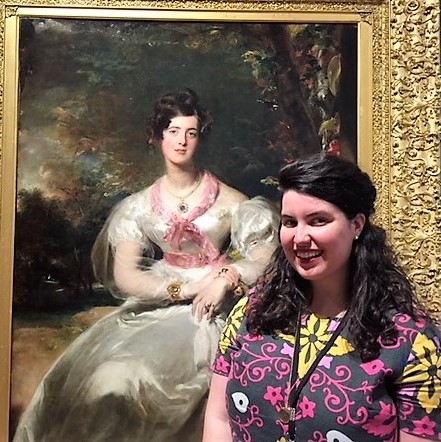
Me and my job in 50 words or less:
I assist the curator of American art in preparing upcoming exhibitions and researching the permanent collection. Some of my tasks include writing object labels and researching paintings in the galleries. I’m often surrounded by books on 19th-century and early modern American artists, like Childe Hassam and Charles Sheeler.
Three things about me but not about my work:
-I’m originally from Vermont, and a true New England girl, which means I love cold winters and old, colonial houses.
-I collect 19th-century photographs found in antique stores.
-I’m fascinated with Great Britain and always trying to find places for traditional English high tea.
Favorite three works in the DMA:
-John White Alexander, Miss Dorothy Quincy Roosevelt, 1901–02
-Sir Thomas Lawrence, Portrait of the Honorable Mrs. Seymour Bathurst, 1828
-Alfred Stevens, The Visit, before 1869
Yohanna Tesfai – McDermott Graduate Intern for Gallery and Community Teaching
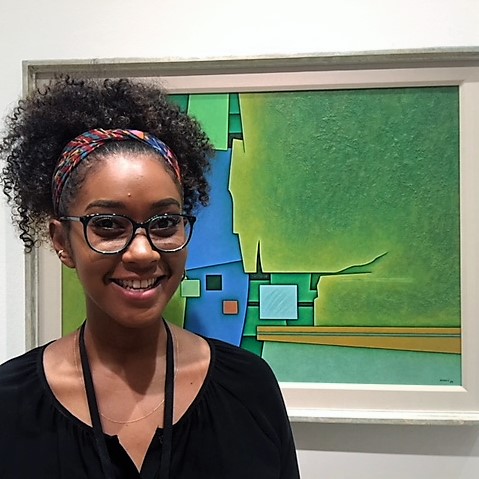
Me and my job in 50 words or less:
I assist with art educational programming for docent trainings, Go van Gogh school teachings, teen programs, and local community centers.
Three things about me but not about my work:
-I am a Tudor history nerd. My favorite queen is Anne Boleyn!
-I love all things from the 1980s. I have practically memorized all three Back to the Future movies.
-My dream car is a 1980s Volvo 242 DL sedan.
Favorite three works in the DMA:
–Shiro Kuramata, “Miss Blanche” armchair, 1988
–Alfred Thompson Bricher, Time and Tide, 1873
–Asikpo Edet Okun of Ibonda, headcrest, late 19th–early 20th century
